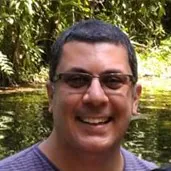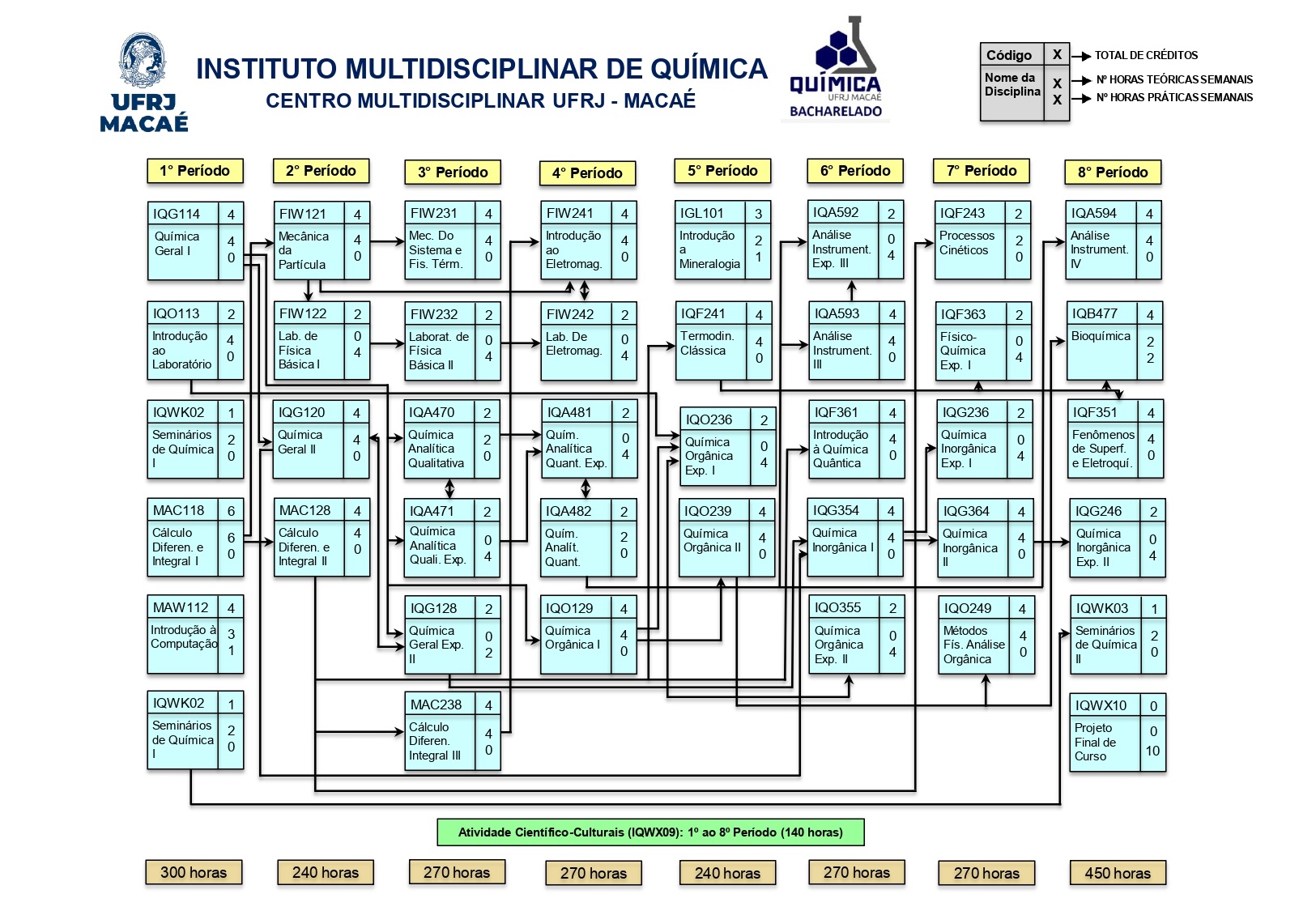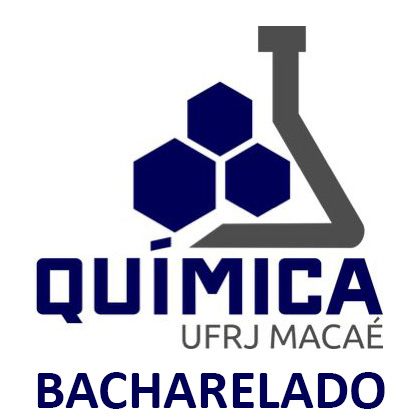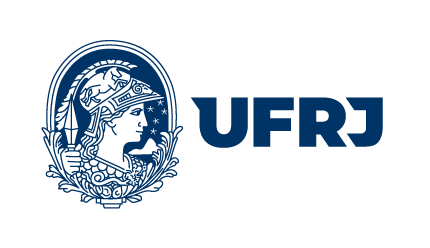
Coordenador: Prof. Jorge Amim Júnior
Possui graduação em Química (Bacharel e Licenciatura) pela Universidade Federal de Viçosa e mestrado em Agroquímica pela Universidade Federal de Viçosa. Doutorado em Química pela Universidade de São Paulo. Pós-Doutorado no Instituto de Química da Universidade de São Paulo. Tem experiência na área de Físico Química de Superfícies e de Macromoléculas. A linha de pesquisa está voltada para o desenvolvimento de novos materiais híbridos com aplicação na área de Química Ambiental e no preparo e caracterização de filmes poliméricos micro e nanoestruturados com potencial atividade antimicrobiana. Atualmente é professor Associado I da Universidade Federal do Rio de Janeiro (UFRJ)-Campus Macaé.
Link do currículo lattes: http://lattes.cnpq.br/1367177135743573
Coordenador Substituto: Prof. Evanoel Crizanto de Lima
Link do currículo lattes: http://lattes.cnpq.br/3217533236910632

Portarias do Coordenador e Coordenador Substituto
Administrative Coordination Support:
Tatiane Guilherme Lourenço
E-mails:
- secretaria.graduacaoimq@gmail.com
- secretaria.graduacao@imq.macae.ufrj.br
Academic Contact:
coordenacaobacharelado@imq.macae.ufrj.br
bacharel.quimica.macae@gmail.com
Tel. (22) 2141-4012
Professional Profile:
v
Formal competence
Decree-Law No 5.452 / 43 (CLT), in art. 325 to 351 discusses the exercise of the profession of chemical, rights and duties. The exercise of the bachelor's profession in Chemistry is regulated by Decree No. 85,877 of 07/04/1981 which established standards for the implementation of the Law at 2,800 of 18/06/1956 (which creates the Federal Chemistry Council - CFQ and the Regional Councils of chemistry CRQs and provides for the regulation of the profession of the chemist). The Normative Resolution CFQ No. 36 of 04/25/74, published in DOU from 05/13/74, "gives attributions to chemistry professionals" and elinates the activities of these professionals:
1. Direction, supervision, programming, coordination, guidance and technical responsibility in the context of their respective attributions;
2. Assistance, advice, consultancy, budgets, dissemination and marketing under the respective attributions;
3. Vistoria, expertise, evaluation, arbitration of technical services, elaboration of opinions, reports and certificates, in the context of their respective attributions;
4. Exercise of the magisterium respected specific legislation;
5. Performance of positions and technical functions, within the scope of their respective assignments;
6. Trials and surveys in general, surveys and development of methods and products;
7. Chemical and physical-chemical analyzes, chemical-biological, bromatological, toxicological, biotechnology and legal, standardization and quality control.
It is equally competing for chemistry professionals, yet:
I - to the elaboration and quality control of chemicals of human, veterinary, agricultural, sanitary or hygiene of the environment;
II - to elaboration, quality control or preservation of products of animal, vegetable and mineral origin;
III - to quality control or water treatments of any nature, sewage, industrial and sanitary evictions; or, the control of environmental pollution and security related to chemical agents;
IV- to analyzes laboratories carrying out tests of chemical, bromatological, chemical-toxicological or legal chemical;
V - the performance of any other functions that are in the field of its technical-scientific training.
Curricular matrix:

Multidisciplinary Institute of Chemistry

The bachelor of Chemistry is organized in order to provide solid theoretical knowledge of chemistry, physical and mathematics and domain of basic and advanced laboratory and instrumentation techniques, allowing the understanding and explanation of physical and chemical phenomena, enabling its interpretation in the light of experimentation and Association with theoretical models.
- Duration of the course: ideal duration of 8 semesters (with minimum of 7 semesters and maximum 14 semesters);
- Operating Shift: Night
- Annual offer of vacancies: 25 vacancies (single entry in the 2nd semester)
- Modality: face-to-face
Student selection criteria: Vacancies offered by ENEM (Unified MEC Selection System)
Previsão de horários:
Curricular grid:
Projeto Pedagógico do Curso:
Acesse aqui o PPC do curso. (Documento desatualizado. Em processo de reformulação).

